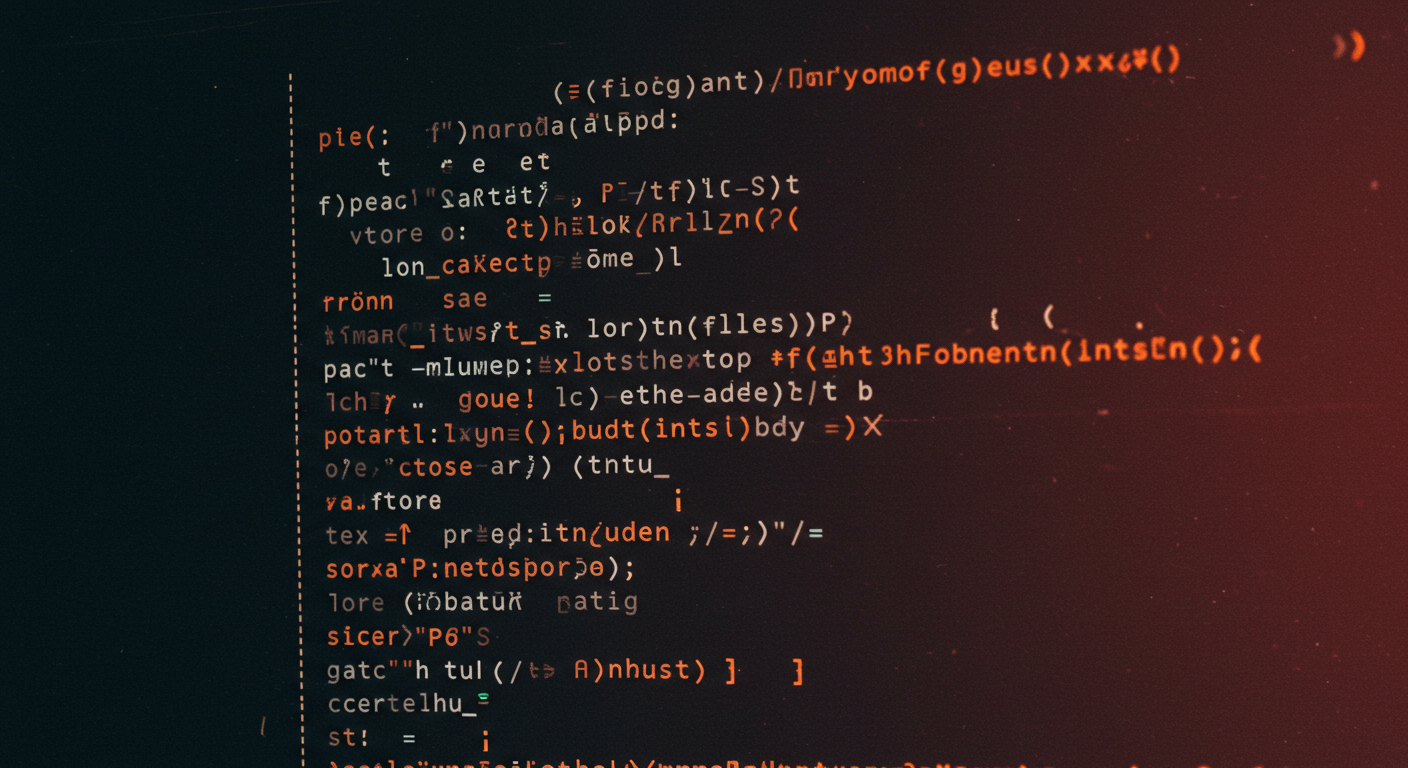Recently, you might have received a notification of suspicious activity in your Microsoft account, especially if you’re using a shared PC for work purposes. While this can be concerning, there are important steps you can take to secure your account and minimize potential risks to your personal and work data. This guide will walk you through the actions you should take after suspicious activity on your Microsoft account, and address concerns related to your PC’s system security.
1. Understanding the Potential Risks
If you received a notification about suspicious activity from abroad on your Microsoft account, it’s important to understand the potential risks. Unauthorized access to your account could compromise your personal data, including sensitive information saved on your PC. However, this does not necessarily mean that your PC’s system is at immediate risk. What matters is how you respond to the alert and secure your account.
2. Steps to Secure Your Microsoft Account
When you notice any suspicious activity on your Microsoft account, it’s essential to act quickly to mitigate any risks:
- Immediately change your Microsoft account password to a strong, unique one.
- Enable two-factor authentication (2FA) for an added layer of security.
- Review your account’s recent activity for any unfamiliar logins or changes.
- Secure any other devices connected to your account, such as your phone or tablet.
3. What About the Impact on Your PC?
You may be concerned that the security breach could affect your PC’s system or cause issues with your work-related data. Here’s what you need to know:
- Changing your Microsoft account password and enabling 2FA will not affect the functionality of your PC or its operating system.
- Your PC’s system settings, including any installed applications, should remain unchanged. The breach only pertains to the security of your Microsoft account, not your system files.
- Ensure that your PC’s antivirus software is up to date, and run a scan to detect any potential threats.
4. Using a Work Computer with Personal Accounts
Since you’re using your personal Microsoft account on a work PC, it’s important to separate work-related data and personal information. Here’s what you can do:
- Consider creating a local account on your work PC for work-related tasks. This minimizes the risk of exposing personal information to unauthorized access.
- If you’re using Microsoft Office (Word, Excel, etc.) on your work PC, make sure your account is secure, and avoid mixing personal data with work files.
5. What to Do Next?
After securing your account, it’s important to continue monitoring your account activity regularly. If you continue to receive security alerts, or if you suspect further issues, you may want to consider contacting Microsoft support for additional assistance. Moving forward, follow these best practices to ensure your personal and work data remain secure:
- Keep all software updated, including your antivirus and operating system.
- Be cautious when sharing personal accounts or accessing sensitive data on shared devices.
6. Conclusion
While it’s concerning to experience suspicious activity on your Microsoft account, taking the right steps to secure your account and PC can help mitigate the risks. By changing your password, enabling 2FA, and following best security practices, you can protect both your personal and work-related data from unauthorized access. Stay vigilant and always monitor your account for any unusual activity to ensure your information remains safe.



コメント